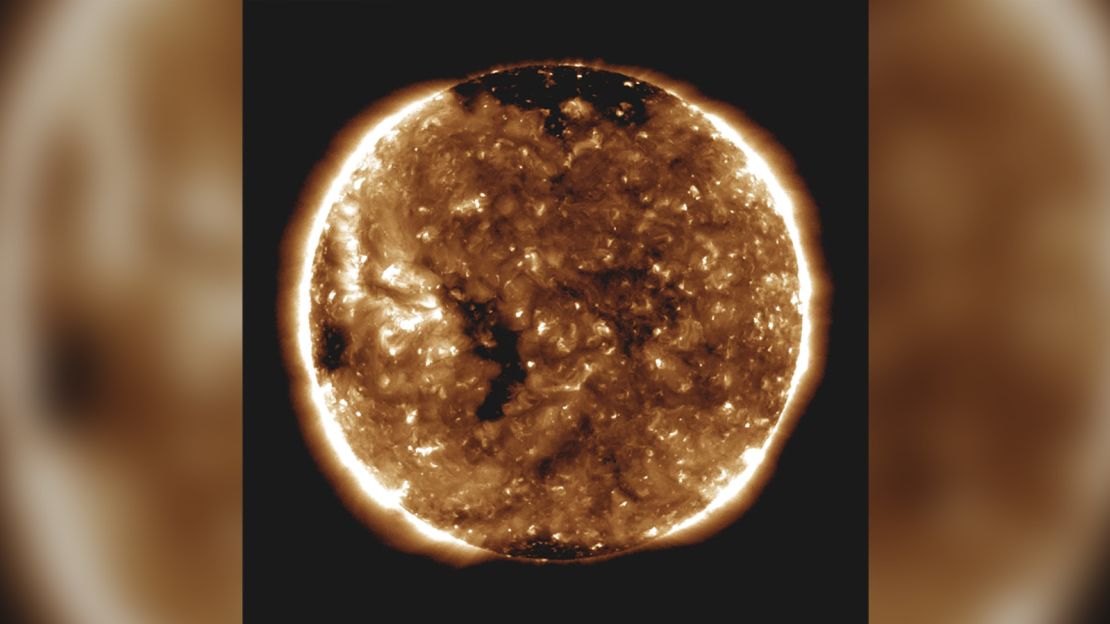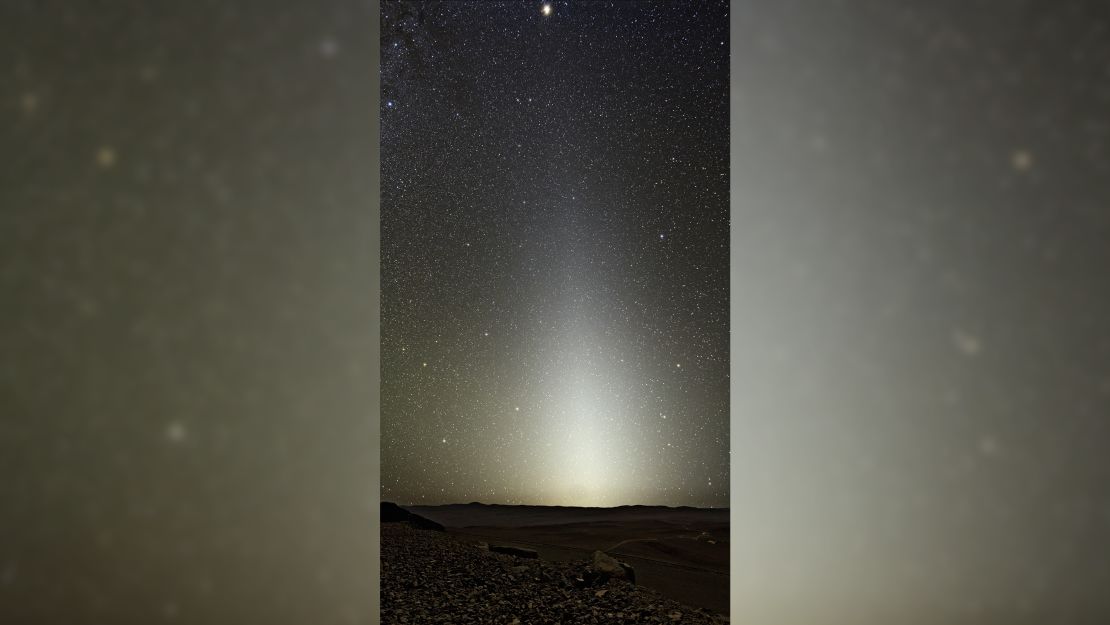Although the sun sits at the center of our solar system, mystery has surrounded the star and its behavior. In August 2018, NASA launched the Parker Solar Probe to draw closer to the sun than any satellite before. Now, the first data from the probe’s initial close passes of the sun have revealed some of the star’s strange activity.
The probe was designed to help answer fundamental questions about the solar wind that streams out from the sun, flinging energetic particles across the solar system. Its instruments may also provide insight about why the sun’s corona, the outer atmosphere of the star, is so much hotter than the actual surface. The corona is one million degrees Kelvin, while the surface is around 6,000 Kelvin.
Understanding the solar wind and the blazing heat of the corona are key. They both play a role in space weather and solar storms, and understanding the solar wind could enable better prediction of space weather. Solar wind and the corona’s temperature also impact ejections of mass from the corona, which could impact the global power grid and telecommunications on Earth, as well as our astronauts on the International Space Station. The energized and accelerated particles streaming away from the sun in the solar wind are also responsible for the northern and southern lights we see on Earth.
“There was a major space weather event in 1859 that blew out telegraph networks on Earth and one in 1972 that set off naval mines in North Vietnam,” said Stuart Bale, one of the study authors and professor of physics at the University of California, Berkeley. “We’re much more of a technological society than we were in 1972 – the communications networks and the power grid on Earth are extraordinarily complex, so big disturbances from the sun are potentially a very serious thing. If we could predict space weather, we could shut down or isolate parts of the power grid, or shut down satellite systems that might be vulnerable.”
During its first close encounter with the sun, the Parker Solar Probe essentially kept itself suspended over a hole in the corona for a week, watching solar wind particles streaming along theline of the sun’s magnetic field and out into space. Four studies revealing the first science results from the probe’s 14,912,908-mile flyby of the sun published Wednesday in the journal Nature.

The scientists were surprised to observe actual flips in the magnetic field, sudden 180-degree reversals before flipping back in seconds or even hours later.
“These switchbacks are probably associated with some kind of plasma jets,” Bale said. “My own feeling is that these switchbacks, or jets, are central to the solar wind heating problem.”
Since the initial close pass, the probe has completed two more.
During its closest approaches of the sun, called the perihelion, the probe also encountered dust. Scientists believe these impossibly tiny particles are the remnants of asteroids and comets that came too close to the sun and melted, only leaving microns behind. The dust is initially trapped in orbit around the sun before being kicked out into space and eventually outside of our solar system. Rogue plasma waves are also shot out from the sun and joined with the solar wind.
But the probe also spotted the theorized and elusive dust-free zone around the sun for the first time, where particles are heated to the point that they turn to gas. The probe’s instruments observed that the dust began to thin out about seven million miles from the sun.
“This dust-free zone was predicted decades ago, but has never been seen before,” said Russ Howard, principal investigator for the Wide-field Imager for Solar Probe instrument suite. “We are now seeing what’s happening to the dust near the sun.”

The scientists also observed that the sun’s magnetic field is pulling the solar wind in the same direction as the star’s rotation at great distances, not just up close. This increases the speed of the solar wind as it streams away from the sun.
“To our great surprise, as we neared the sun, we’ve already detected large rotational flows – 10 to 20 times greater than what standard models of the sun predict,” said Justin Kasper, one of the principal investigators for an instrument suite on the probe and a professor of climate and space sciences and engineering at the University of Michigan. “So we are missing something fundamental about the sun and how the solar wind escapes. This has huge implications. Space weather forecasting will need to account for these flows if we are going to be able to predict whether a coronal mass ejection will strike Earth, or astronauts heading to the moon or Mars.”
The sun is the only star we can study fairly closely with a spacecraft. Previous study of the sun from Earth has been like trying to understand the origin of a waterfall by standing at the bottom of it, Bale said.
“Now, with the Parker Solar Probe, we are getting closer and closer to the top of the waterfall, and we can see that there is underlying structure,” Bale said. “At the source, what we see is something that is coherent with impulsive jets on top of it. You have a small hole – a coronal hole – and the solar wind is coming out of that in a smooth flow. But then, on top of it, there are jets. By the time you get all the way downstream from it at Earth, it is all just mixed up.”
Over the course of its seven-year mission, the probe’s orbit will shrink, bringing it closer and closer to the sun over the course of 21 approaches.
The probe will orbit within 3.9 million miles of the sun’s surface in 2024, closer to the star than Mercury. Although that sounds far, researchers equate this to the probe sitting on the four-yard line of a football field and the sun being the end zone.
“Getting data at the source is already revolutionizing our understanding of our own star and stars across the universe,” said Nicola Fox, director of the Heliophysics Division at NASA Headquarters. “Our little spacecraft is soldiering through brutal conditions to send home startling and exciting revelations.”










